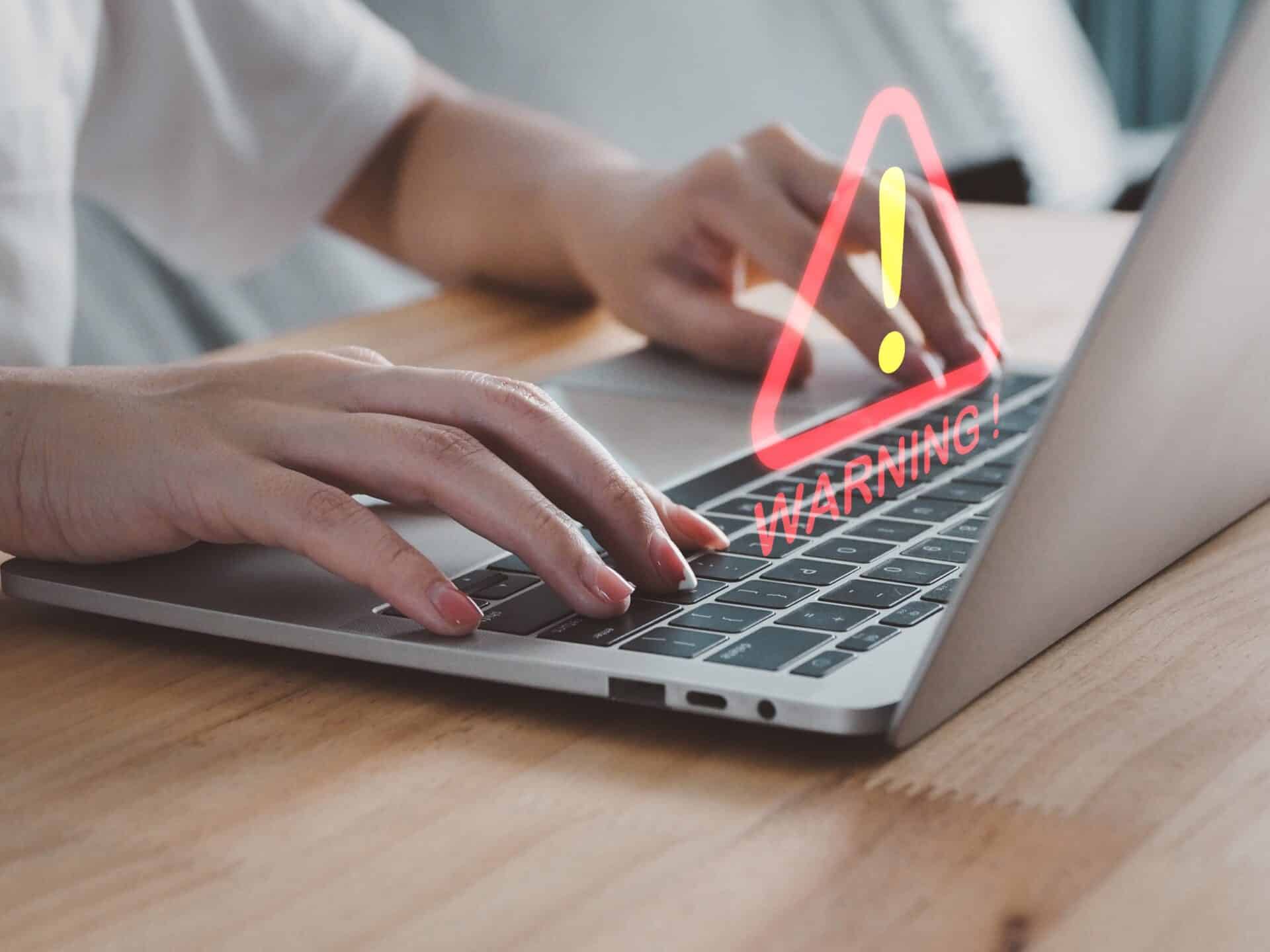When it comes to protecting your business from cyberattacks, cybersecurity breaches have really become not a question of “if” but “when.” For small and medium-sized businesses (SMBs), an effective incident response plan can help quickly address and lessen the damage caused by such breaches. They are also proactive in nature, meaning they should be put in place before an incident occurs.
So how do you create an incident response plan that covers everything it needs to so your business can swiftly and effectively respond to cybersecurity incidents? Read on to find out what steps to follow!
Why Are Incident Response Plans Important for Businesses?
An incident response plan is a set of instructions and procedures to detect, respond to, and recover from network security incidents. It helps minimize the impact of breaches, reduce recovery time and costs, and protect your business’s reputation. Without an incident response plan, SMBs can suffer severe consequences, including financial losses, legal liabilities, and loss of customer trust.
Step 1: Assemble Your Incident Response Team
Your incident response team (IRT) is the backbone of your incident response plan. This team should include individuals with diverse skills and roles within your organization, such as:
- IT Security Personnel: Experts in identifying and mitigating cybersecurity threats.
- Management: Decision makers who can authorize actions and allocate resources.
- Legal Counsel: Advisors on legal implications and compliance requirements.
- Public Relations: Professionals who manage communication with stakeholders and the public.
- HR Representatives: For addressing internal issues and communicating with employees.
Each member should understand their role and responsibilities in the event of a security incident.
Step 2: Identify and Classify Potential Incidents
Not all incidents are created equal. Because of this, classifying potential incidents lets you prioritize responses and allocate resources effectively. Common types of incidents include the following:
- Malware Infections: Viruses, worms, and ransomware.
- Phishing Attacks: Fraudulent attempts to obtain sensitive information.
- Data Breaches: Unauthorized access to confidential data.
- Denial of Service (DoS) Attacks: Overwhelming your network to disrupt services.
- Insider Threats: Malicious actions from employees or contractors.
Create a classification system that defines the severity of incidents (in groups such as low, medium, and high) based on their potential impact on your business.
Step 3: Develop Detection and Reporting Mechanisms
Early detection allows you to minimize the damage from cybersecurity incidents. This can be done by implementing detection mechanisms. One such mechanism you can use is intrusion detection systems (IDS), which are tools that monitor network traffic for suspicious activity. Other mechanisms are security information and event management (SIEM) systems, which are platforms that collect and analyze security data in real-time.
Educate staff on recognizing and reporting potential threats as well, and establish clear reporting protocols so that incidents are promptly reported to the IRT. Provide multiple channels for reporting, such as email, phone, and dedicated incident reporting tools, to make this process that much easier for your employees.
Step 4: Create an Incident Response Workflow
An incident response workflow outlines the steps to be taken once an incident is detected. This workflow should include these steps:
- Preparation: Ensure all tools, resources, and personnel are ready.
- Identification: Confirm and classify the incident.
- Containment: Limit the spread of the incident.
- Eradication: Remove the threat from your network.
- Recovery: Restore systems and data to normal operations.
- Post-Incident Analysis: Review and improve your response plan.
Document each step in detail, providing checklists and guidelines to ensure a consistent and effective response.
Step 5: Establish Communication Protocols
Effective communication is necessary during a cybersecurity incident. Establish protocols for internal and external communication, including informing employees about the incident and any actions they need to take. Notify customers, partners, and stakeholders about the breach and your response efforts, and manage public relations and media inquiries to protect your business’s reputation. Prepare templates for common communication scenarios so that messaging is timely and consistent.
Step 6: Conduct Regular Training and Drills
An incident response plan is only as effective as the people who execute it. Conduct regular training sessions to make sure that all employees understand their roles and responsibilities during an incident. Simulate various incident scenarios through drills and tabletop exercises to test and refine your response plan.
Training should cover recognizing signs of a potential breach, proper channels and procedures for reporting incidents, and actions to be taken during each phase of the incident response workflow.
Step 7: Develop Post-Incident Review Processes
After an incident, conduct a thorough review to identify what worked well and what needs improvement. Start by documenting the timeline and details of the incident. Assess the effectiveness of your response procedures, and determine the underlying cause of the incident. Identify any areas for improvement and update your incident response plan accordingly.
Share the findings with your IRT and other relevant stakeholders to continuously improve your incident response capabilities.
Step 8: Confirm Legal and Regulatory Compliance
Different industries have specific legal and regulatory requirements regarding data breaches and cybersecurity incidents. Check that your incident response plan aligns with these requirements to avoid legal penalties and maintain compliance.
Consult with legal counsel to understand your obligations under regulations such as:
- General Data Protection Regulation (GDPR): For businesses handling data from EU citizens.
- Health Insurance Portability and Accountability Act (HIPAA): For businesses in the healthcare industry.
- Payment Card Industry Data Security Standard (PCI DSS): For businesses handling credit card transactions.
Incorporate these requirements into your IRP and regularly review them to stay compliant with evolving regulations.
Step 9: Maintain and Update Your IRP
Cybersecurity threats are constantly evolving, and so should your IRP. Regularly review and update your plan to address new threats, technologies, and business changes. Schedule periodic reviews and updates, and incorporate feedback from post-incident analyses and training exercises. An up-to-date incident response plan means that your business is always prepared to respond effectively to cybersecurity incidents.
Key areas to review and update include the following:
- Threat Landscape: Stay informed about emerging threats and attack vectors.
- Technological Advances: Integrate new security technologies and tools.
- Business Changes: Reflect changes in business operations, personnel, and infrastructure.
Step 10: Leverage External Expertise
While your internal team should be effective all by itself, external experts can provide valuable insights and support. Consider partnering with cybersecurity companies for solutions such as:
- Incident response services, which offer on-demand support during major incidents.
- Security assessments for regular evaluations of your security posture.
- Specialized training for your IRT and employees, including cybersecurity awareness training.
At CMIT Solutions of Indianapolis South, we offer IT and cybersecurity solutions to help keep your business safe, including helping you create an effective incident response plan. Contact us today to get started!





